Last updated: October 28, 2025. Informational only – this is not legal or financial advice – convolutional neural network (CNN)
Table of Contents
What Is a CNN?
A convolutional neural network (CNN) is a deep-learning model that learns visual patterns with
small sliding filters (kernels). Stacked convolution + nonlinearity + pooling layers build from edges and
textures to complete objects, and a final classifier makes the decision. In practice, CNNs turn raw pixels into useful features, no hand-crafted feature engineering needed.
Further reading: Wikipedia (overview & history), Google/IBM (high-level guides).
Why CNNs Still Matter in 2025
- Speed & size on edge: modern mobile CNNs (e.g., MobileNet family) are efficient for on-device inference (TFLite/ONNX), great for kiosks, field ops, and low bandwidth.
- Mature & dependable: abundant tooling, pretrained weights, and transfer learning that works with limited data.
- Hybrid future: pure CNNs (e.g., ConvNeXt) and CNN–Transformer hybrids remain competitive; pick per constraint (latency, memory, data size).
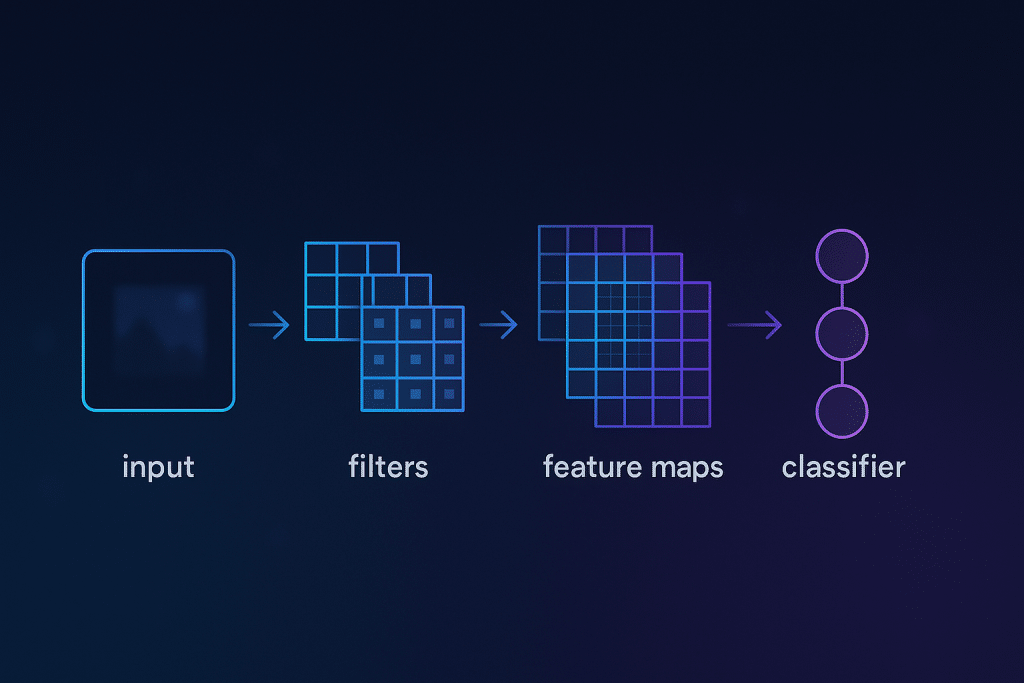
Practical Use Cases for Content, SEO, and Stores
Image SEO & Editorial Ops
- Auto-tag hero images; generate alt text suggestions; flag NSFW/off-brand images.
- Thumbnail picker: score images by aesthetic/face/object presence to boost CTR.
E-commerce & Catalog Automation
- Classify products (category/color/style/material) from photos.
- Detect duplicates/near-duplicates; verify angle completeness (front/side/back).
Document Prep for OCR
- Denoise/deskew/segment receipts & invoices for higher OCR accuracy.
- Detect stamps/signatures, then route to specialized extractors.
Quality Inspection & Field Safety
- Defect detection: scratches, misalignment, or missing parts from phone photos.
- PPE compliance (helmet/glove) for shop-floor snapshots.
Edge/Mobile Experiences
- Deploy lightweight CNNs (MobileNet/EfficientNet-Lite) directly on devices.
- Combine with text models to auto-write captions/titles (multimodal pipeline).
Quickstart Examples (Copy & Adapt)
Transfer Learning in Minutes (Keras/TensorFlow)
import tensorflow as tf
num_classes = 5 # change to your label count
IMG = (224, 224)
base = tf.keras.applications.MobileNetV2(
input_shape=(*IMG, 3), include_top=False, weights='imagenet'
)
base.trainable = False # quick start
inputs = tf.keras.Input(shape=(*IMG, 3))
x = tf.keras.applications.mobilenet_v2.preprocess_input(inputs)
x = base(x, training=False)
x = tf.keras.layers.GlobalAveragePooling2D()(x)
x = tf.keras.layers.Dropout(0.2)(x)
outputs = tf.keras.layers.Dense(num_classes, activation='softmax')(x)
model = tf.keras.Model(inputs, outputs)
model.compile(optimizer='adam',
loss='sparse_categorical_crossentropy',
metrics=['accuracy'])
model.fit(train_ds, validation_data=val_ds, epochs=10)
# optional fine-tuning
base.trainable = True
for layer in base.layers[:-20]:
layer.trainable = False
model.compile(optimizer=tf.keras.optimizers.Adam(1e-5),
loss='sparse_categorical_crossentropy',
metrics=['accuracy'])
model.fit(train_ds, validation_data=val_ds, epochs=5)
Tips: use class weights for imbalance; add augmentations; export TFLite/ONNX for mobile.
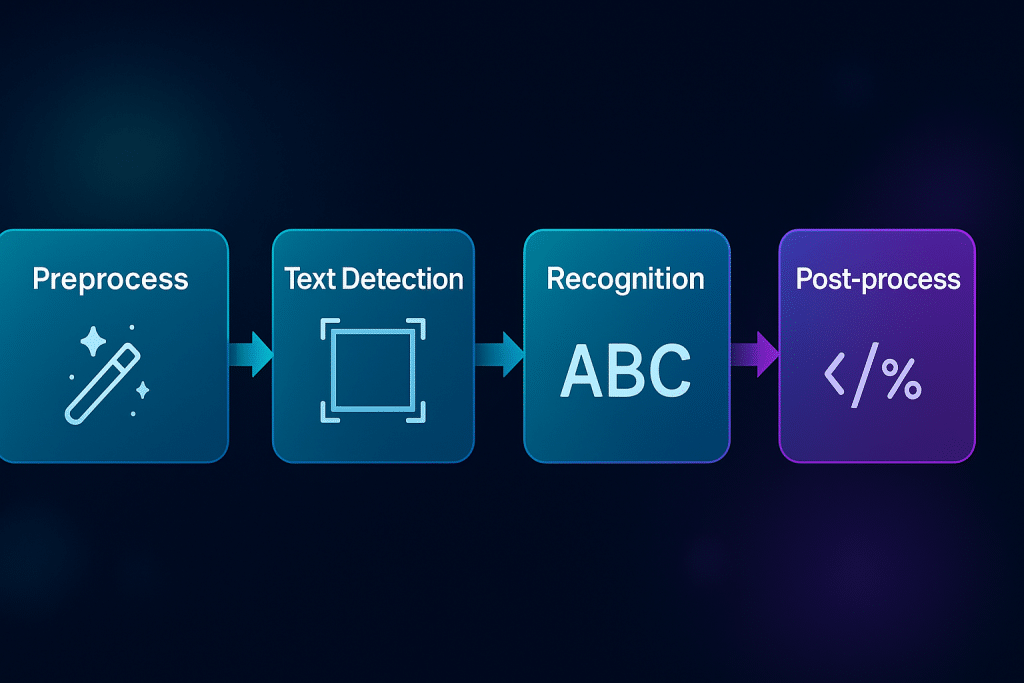
OCR Helper (EasyOCR, CNN-backed)
# pip install easyocr
import easyocr
reader = easyocr.Reader(['en','id'])
results = reader.readtext('invoice.jpg', detail=0, paragraph=True)
print("\n".join(results))
Pre-clean with OpenCV; set detail=1 to get coordinates; route specific regions (total/date/invoice no.) to pattern matchers.
Simple CNN Autoencoder for Machine-Audio Anomalies (PyTorch)
import torch, torch.nn as nn
class ConvAE(nn.Module):
def __init__(self):
super().__init__()
self.enc = nn.Sequential(
nn.Conv2d(1,16,3,2,1), nn.ReLU(),
nn.Conv2d(16,32,3,2,1), nn.ReLU(),
nn.Conv2d(32,64,3,2,1), nn.ReLU()
)
self.dec = nn.Sequential(
nn.ConvTranspose2d(64,32,3,2,1,1), nn.ReLU(),
nn.ConvTranspose2d(32,16,3,2,1,1), nn.ReLU(),
nn.ConvTranspose2d(16,1,3,2,1,1), nn.Sigmoid()
)
def forward(self, x):
z = self.enc(x); return self.dec(z)
Train on “normal” spectrograms; set threshold = mean + 3×std of validation error; flag spikes as anomalies.
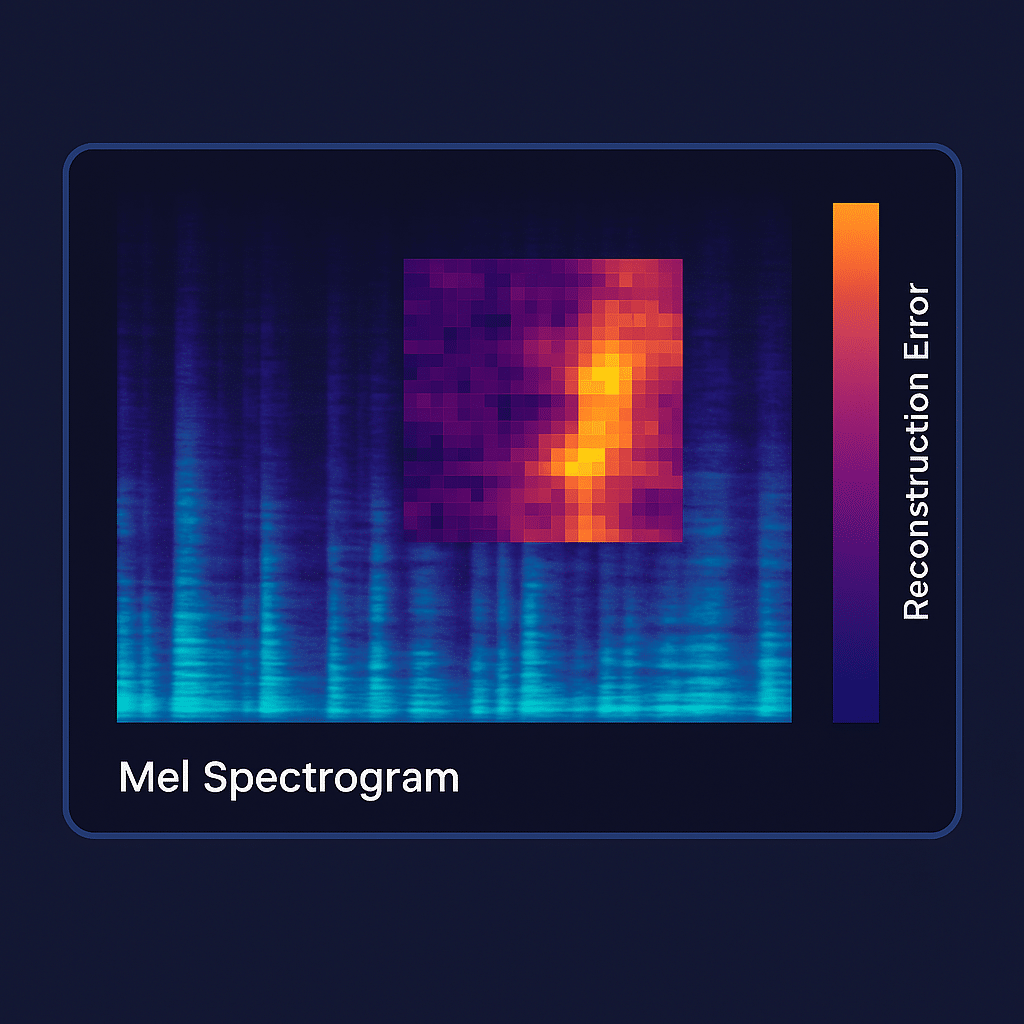
CNN vs Vision Transformers (2025)
- Data & compute kecil? CNN + transfer learning biasanya unggul (stabil, cepat di edge).
- Skala & pretraining besar? ViT dapat menyamai/mengungguli CNN—namun ConvNeXt menunjukkan CNN modern tetap kompetitif. :contentReference[oaicite:6]{index=6}
- Edge/mobile: MobileNetV4 (2024) menghadirkan peningkatan kecepatan/efisiensi nyata untuk perangkat terbaru. :contentReference[oaicite:7]{index=7}
- Praktiknya: pilih model berdasar latency budget, memori, dan ketersediaan data—bukan hype semata.
Common Mistakes (and Fixes)
- Training from scratch tanpa perlu. Mulai dari transfer learning.
- Data leakage & imbalance. Pisahkan subject-level; pakai class weighting/oversampling.
- Augmentasi asal-asalan. Simulasikan kondisi nyata—tanpa merusak fitur penting label.
- Salah preprocess/size. Ikuti ekspektasi model (mis. preprocess_input MobileNet).
- Tanpa error analysis. Audit false positives/negatives per kelas.
- Melupakan deployment constraints. Profil latency; gunakan quantization/pruning + TFLite/ONNX.
- OCR dianggap satu langkah. Deteksi → Recognize → Post-process.
- Tak ada KPI bisnis. Definisikan CTR, waktu labeling, atau SLA inference (<50 ms).
Implementation Checklist
- Define KPI: waktu tagging ↓50%, CTR thumbnail ↑20%, latency <100 ms.
- Data: 300–1,000 sampel per label sudah cukup untuk transfer learning.
- Pipeline: augmentasi → train → error analysis → thresholding → monitor.
- Deploy: ekspor TFLite/ONNX; uji di device target; logging minimal di edge.
- Governance: audit bias; simpan versi model; fallback manual.
THE LESSON of CNN
CNNs remain workhorses: fast, edge-ready, and reliable. Win by combining the right model with a clean dataset,
a pragmatic pipeline, and KPIs that matter.
What NEXT?
Want a starter repo matched to your images and KPI? Send 10–20 sample images + your label list.
We’ll return a fine-tuned model, an evaluation mini-dashboard, and ONNX/TFLite builds.
FAQ
Is a CNN still relevant in 2025?
Yes, especially for edge/mobile or when data is limited. CNNs like ConvNeXt remain competitive; MobileNetV4 shines on-device.
How many images do I need?
For transfer learning, a few hundred per class often suffices; focus on diversity and correct labels.
Why are my results unstable?
Check data leakage, over-augmentation, and class imbalance; add validation by subject, not by image.
Can I run this on a phone?
Yes—export to TFLite/ONNX; prefer MobileNet-class models with INT8 quantization.
Should I switch to Transformers?
Use them when you have large pretraining or need SOTA on certain tasks. Otherwise, CNNs hit the ROI sweet spot.
How do I pick input size?
Start with the pretrained model’s native resolution (e.g., 224×224), then tune for latency/accuracy.
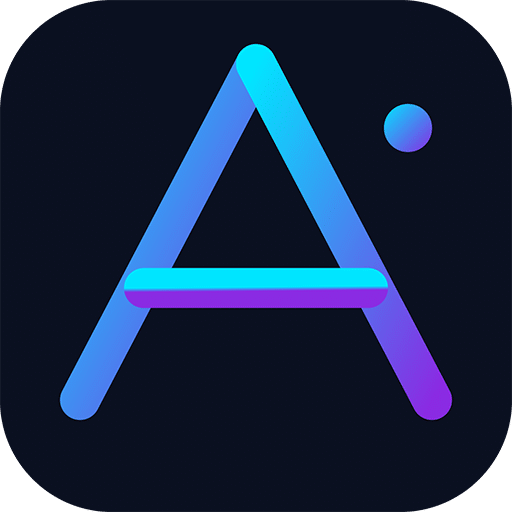
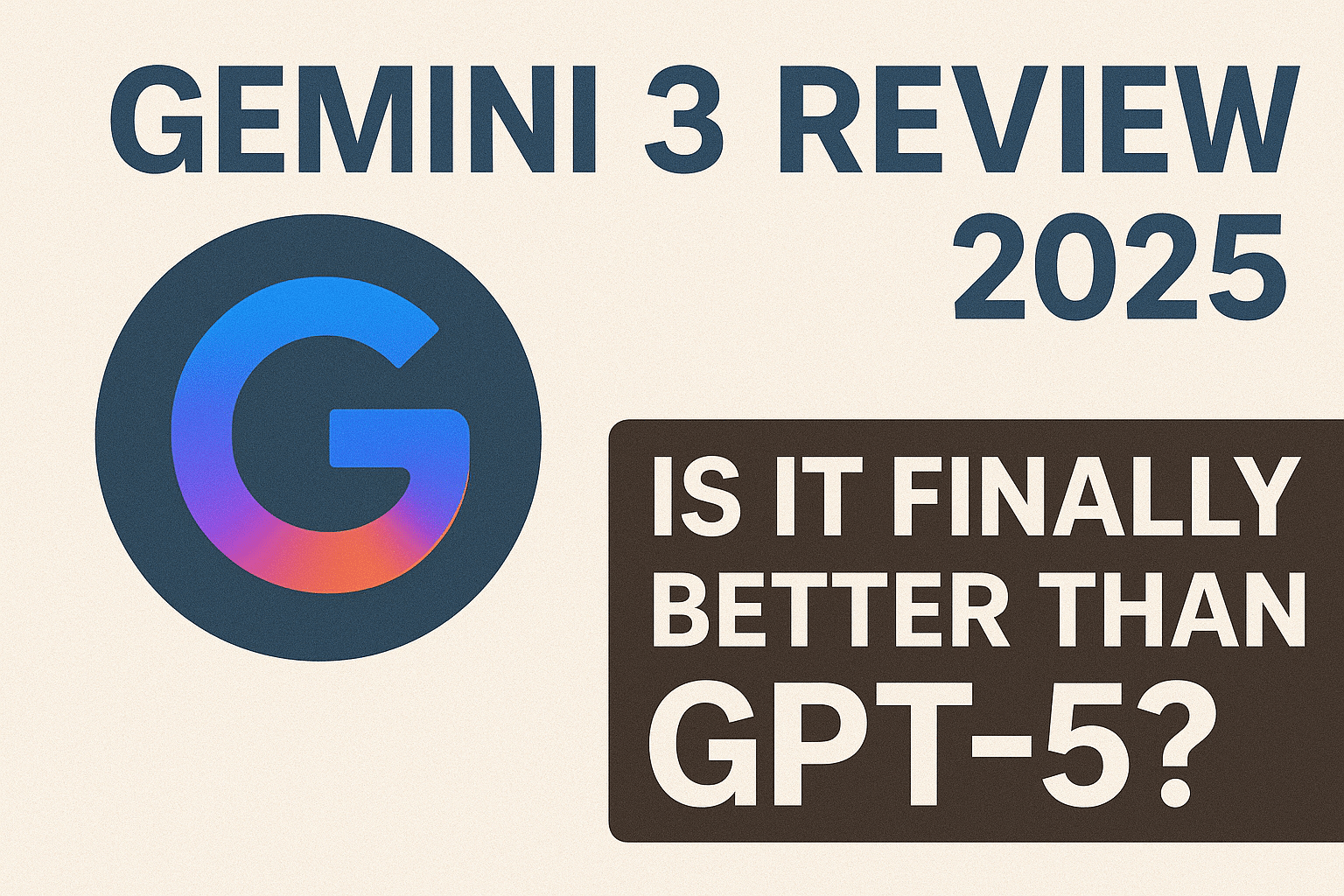
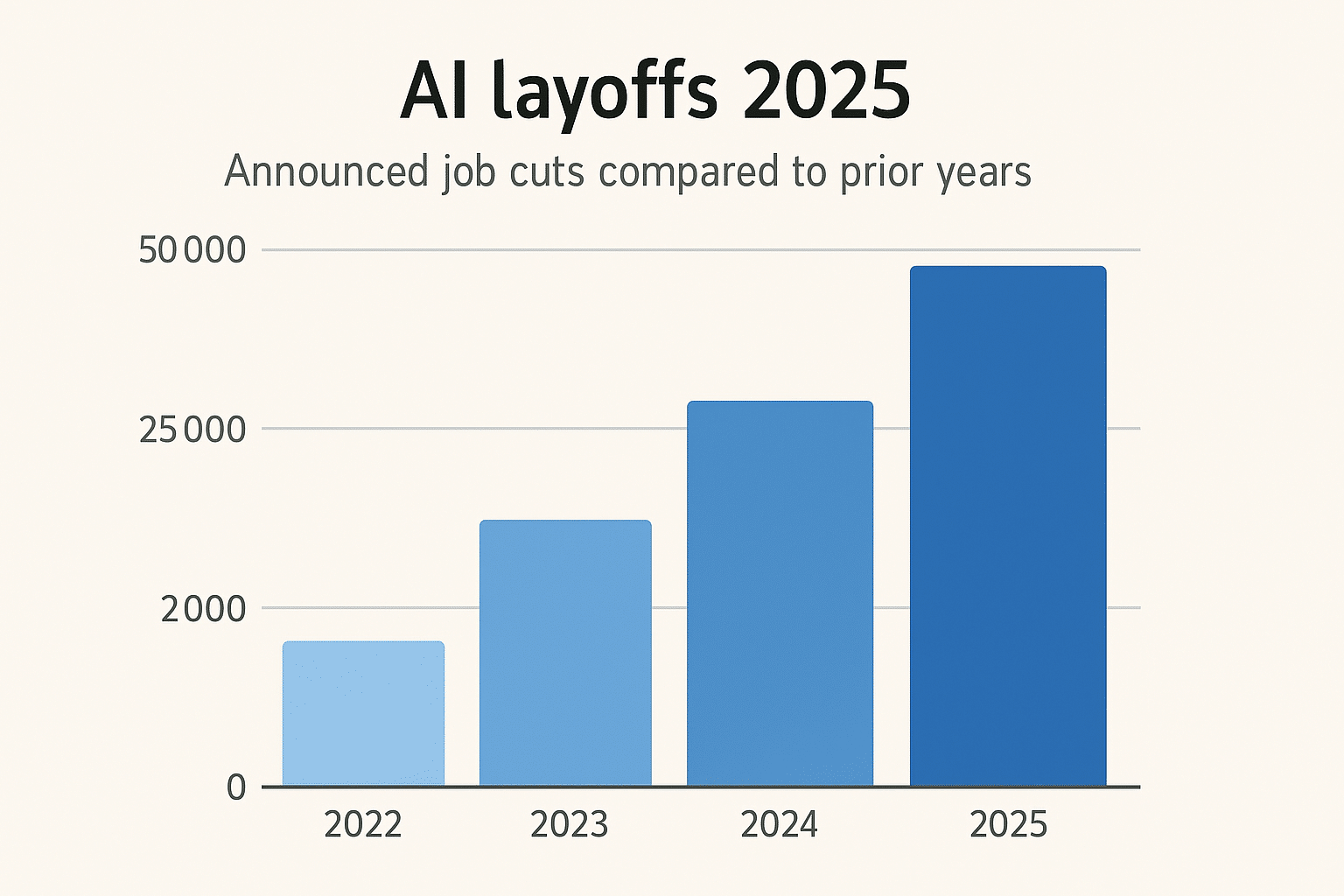
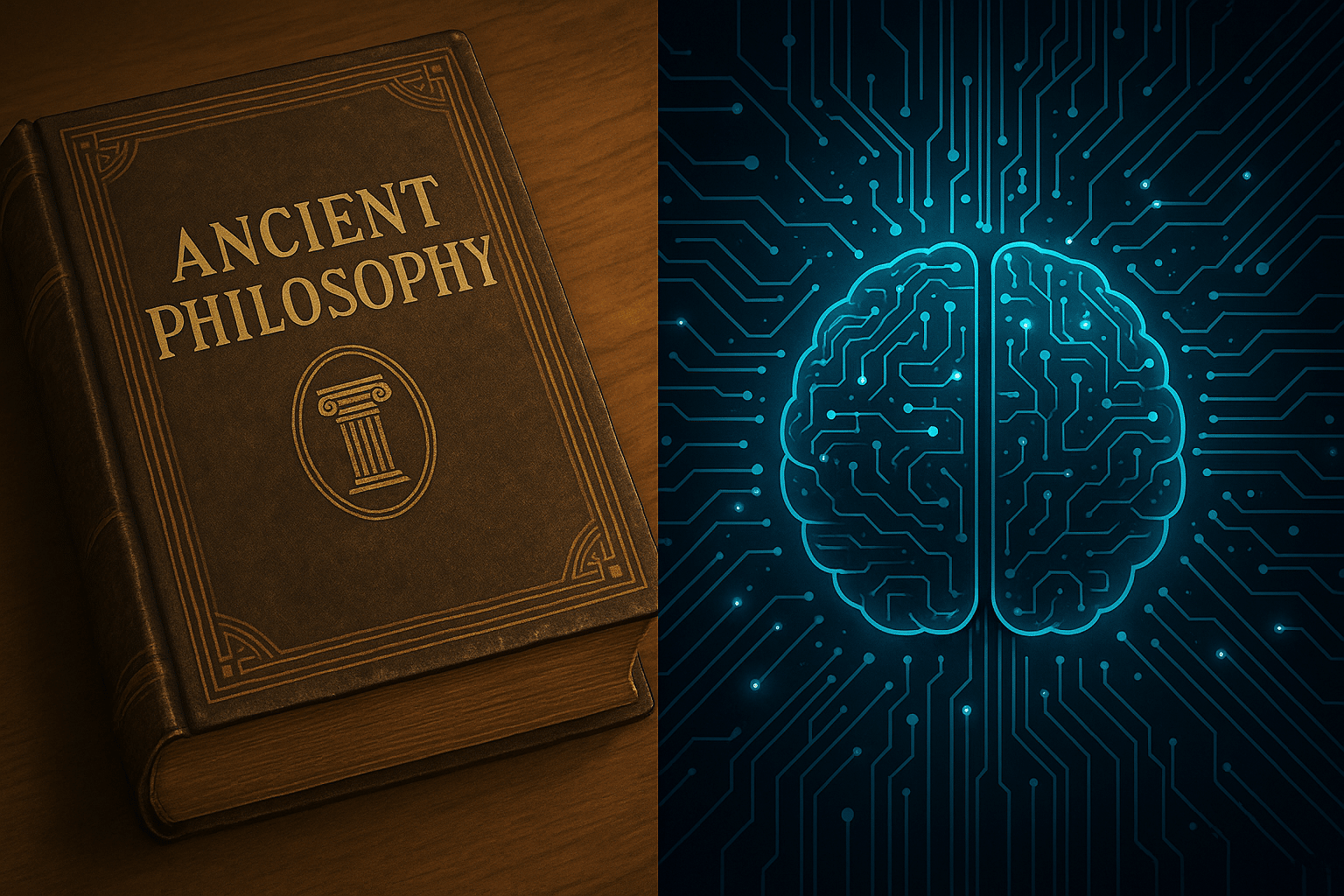





Leave a Reply